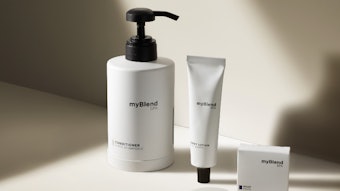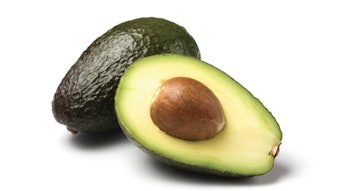
The International Spa Association (ISPA) released its annual 2021 U.S. Spa Industry Study, covering details about the industry's growth statistics, a picture of U.S. spa facilities and treatments, and a profile of the spa industry. The COVID-19 pandemic was the dominant factor shaping the economic context for 2020. The report's key findings include statistics that focus on COVID-19's financial impact.
The study is filled with in-depth insight about the spa industry over the past year—including the fact that total industry revenue is at the $12 billion mark—but we are highlighting eight key takeaways that stand out.
1. Total spa revenue decreased due to COVID-19 restrictions.
Total spa industry revenue is estimated to have fallen by $7 billion, from $19.1 billion in 2019 to $12.1 billion in 2020, a drop of -36.4%.
2. The resort/hotel sector was affected by COVID-19.
The effect of the pandemic on spa revenues was most acutely felt in the resort/hotel sector. Total revenue in the resort/hotel sector is estimated to have fallen by 46% in 2020, in excess of the -36.3% decline in day spa revenues and -30.8% in the combined other spa category.
3. Spa visits decreased due to restrictions.
An estimated 124 million spa visits were made in 2020, 68 million fewer than in 2019 when spas received 192 million visits. In percentage terms, spa visits fell by -35.1%
4. Spa locations were reduced.
The number of spa locations were reduced from 22,430 in 2019 to 21,560 in 2020, a net loss of 870 spas due to the pandemic.
5. Average revenue decreased slightly.
The average revenue per visit decreased slightly, falling by 2% from $99.5 in 2019 to $97.5 in 2020.
6. Sharp contraction in revenues due to COVID-19.
Spas were faced with a sharp contraction in revenues, a large majority of spas (79%) reduced their number of staffed employees.
7. Total employment decreased.
Total employment is estimated to have fallen by -20.6%. The reduction in the employment count was less for part-time staff (-16.7%) compared to full-time employees (-20.6%). Contract employment is estimated to have fallen sharply, by -45.3%.
8. Looking Ahead
Technology, sanitation and focus on well-being are the main areas where spas will keep some or all changes made in coping with the pandemic. Many plan to keep elements of the new health and safety protocols in some form. Spa operators also took the opportunity to be more efficient while remaining service oriented and now use technology and touchless platforms more for booking and intake data. Changes to scheduling and treatment times may also be retained as spas become more strategic about optimizing staff, hours and space.
ISPA members have full access to the 2021 ISPA Spa Industry Study.










